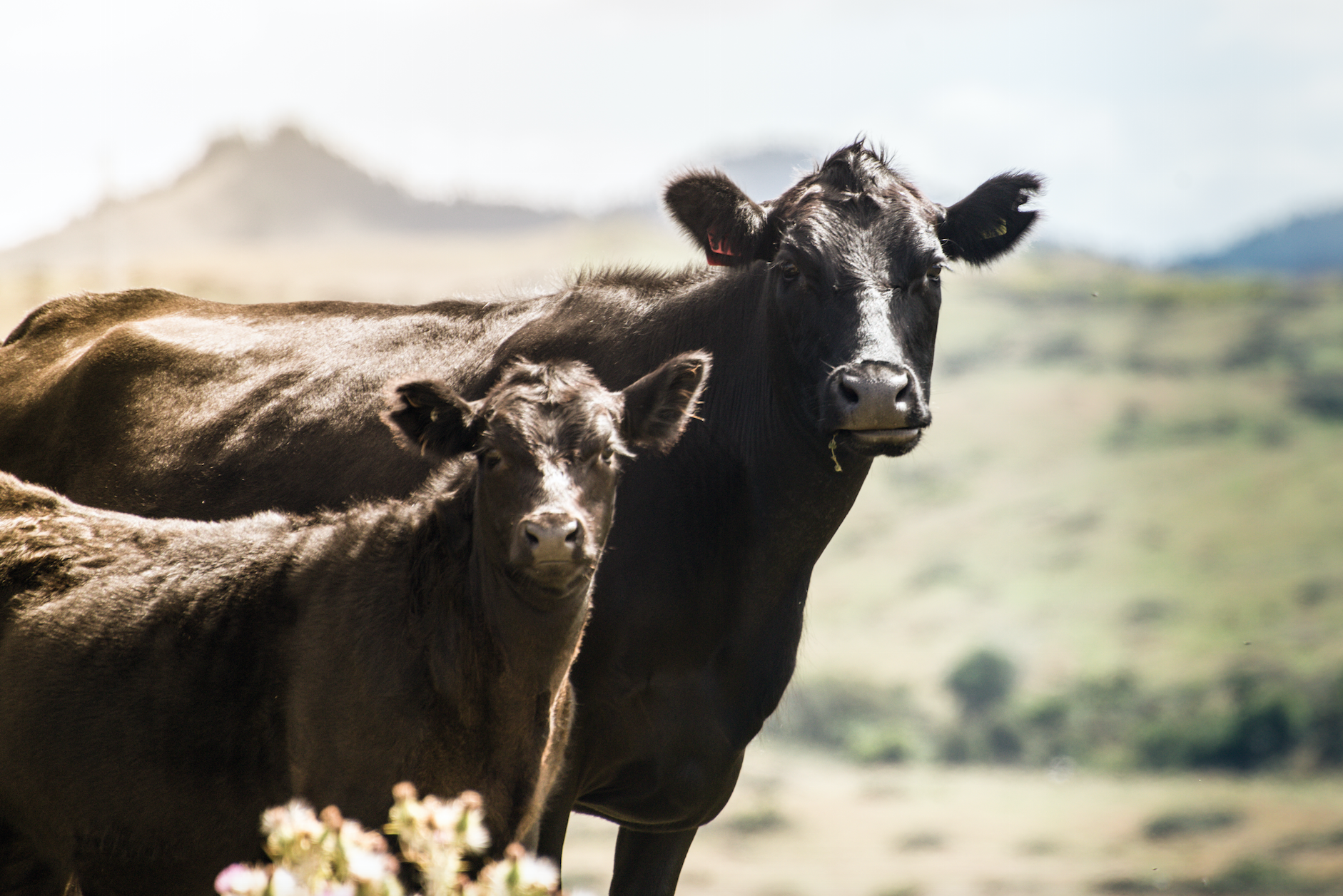Beef Progeny Test
Wednesday 1st April 2015

APRIL 2015
Test compares bulls under commercial conditions
Beef + Lamb New Zealand (B+LNZ) Genetics has wasted no time establishing a beef progeny test that compares bulls under New Zealand commercial farming conditions.
B+LNZ Genetics was formed last year, consolidating the sheep and beef sector’s levy-funded genetics activity. It will deliver genetic tools to commercial farmers to help them improve maternal performance on hill country, while also focusing on carcase composition that meets market specifications.
The B+LNZ Genetics Beef Progeny Test is being run over two years and across five large properties; it involves more than 50 AI bulls, 50 follow-up bulls, 1600 cows and 600 heifers.
B+LNZ Genetics general manager Graham Alder says the test is a first for New Zealand – which has traditionally piggy-backed on Australian beef breeding assessments and is all the more valuable because of the number of cows and bulls involved. “Ultimately, the test will determine how a selection of bulls of different types perform under comparable commercial conditions.”
The test is a partnership arrangement involving B+LNZ Genetics, Focus Genetics, Whangara Farms, participating herds and meat processors.
Beef Progeny Test details
The B+LNZ Genetics Beef Progeny Test is being carried out at Whangara Farms (Gisborne), Landcorp’s Rangitaiki Station, Taratahi’s Tautane Station (Hawke’s Bay), Lonestar’s Caberfeidh property (North Otago) and the Black family’s Mendip Hills Station (North Canterbury).
The bulls are pedigree and performance recorded bulls, and represent a range of genetics used in New Zealand beef herds. The breeds used include Hereford, Angus, Stabilizer, Simmental and Charolais.
The test involves artificially inseminating cows and heifers in the 2014/15 and again in the 2015/16 season. Both the cows and heifers are DNA recorded before being inseminated with both internationally-sourced semen, as well as New Zealand semen. All progeny are then tracked, with their parentage verified. Steers and cull heifers will be assessed on their carcase traits, while replacement heifers will be tracked for their maternal characteristics.
 Previous
Previous


